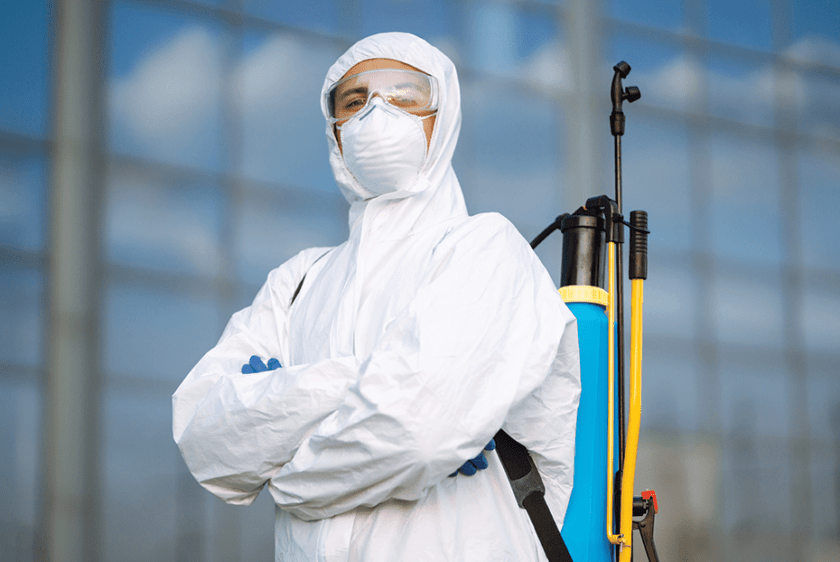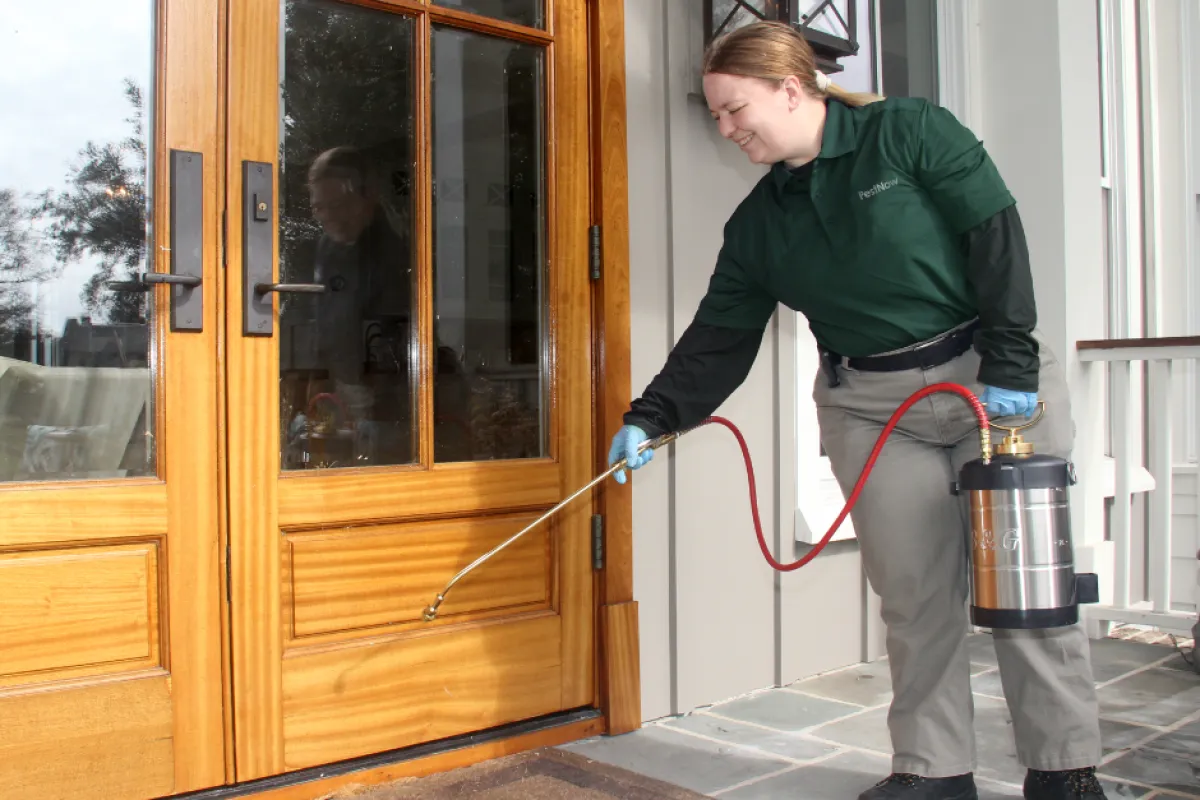Choose professional Pest Control for complete protection and ensure safety.
Eco-Friendly Parasite Control Approaches for Handling Wild Animals in Urban Locations
Urban areas typically find themselves at the crossway of human activity and wild animals, bring about distinct obstacles in insect monitoring. Environmentally friendly techniques highlight sustainable coexistence, utilizing methods such as environment adjustment and natural repellents to mitigate human-wildlife disputes. These techniques not just shield the environment yet likewise improve community engagement in wildlife administration. As metropolitan populaces remain to grow, comprehending the characteristics of wild animals interactions comes to be progressively important. What innovative techniques can be carried out to ensure both eco-friendly equilibrium and city security? Discovering this concern exposes a compelling landscape of prospective options.
Recognizing Urban Wild Animals Characteristics
Recognizing Urban Wild animals Dynamics is necessary for developing effective and environmentally friendly parasite control strategies. Urban locations are increasingly coming to be habitats for numerous wild animals varieties, driven by variables such as habitat fragmentation, food accessibility, and human advancement. Recognizing these characteristics permits for a nuanced strategy to pest monitoring that aligns with environmental principles.
Urban wild animals commonly consists of varieties such as raccoons, squirrels, and birds, which adjust to city settings, discovering specific niches in eco-friendly spaces, parks, and even houses. Their existence can lead to disputes with human beings, specifically when they manipulate human resources for food and sanctuary. Recognizing the habits and eco-friendly duties of these types notifies approaches that lessen unfavorable interactions while promoting biodiversity.
Moreover, acknowledging the interdependencies within city ecosystems aids in determining vital locations for environment preservation and repair. This expertise adds to the development of integrated pest management (IPM) strategies that take into consideration the eco-friendly balance, thus decreasing dependence on unsafe chemicals. By cultivating conjunction in between people and metropolitan wildlife, cities can create much healthier environments that profit both citizens and regional ecosystems, paving the means for sustainable metropolitan living.
All-natural Repellents and Deterrents
Natural repellents and deterrents offer a sustainable option to traditional bug control techniques by taking advantage of the power of nature to maintain undesirable varieties at bay. These eco-friendly solutions typically use plant-based ingredients, essential oils, and various other naturally occurring compounds that discourage parasites without harming the atmosphere.
One reliable natural repellent is peppermint oil, which is understood to push back rats and pests. Its strong scent is unpleasant to numerous insects, making it a popular choice for urban settings. Vinegar and citrus peels can serve as deterrents, as their solid odors are commonly uninviting to numerous wildlife.
Furthermore, diatomaceous planet is a natural powder that can be spread in locations susceptible to pest task, properly drying out and preventing bugs without posturing dangers to non-target species. In addition, garlic sprays and neem oil are identified for their capacity to repel a variety of bugs, including both insects and larger wildlife.
Implementing these natural repellents not only minimizes dependence on chemical pesticides yet likewise advertises a healthier city environment, cultivating a more balanced conjunction in between people and wildlife. By utilizing these methods, city areas can efficiently handle bug populaces while decreasing environmental influence.
Environment Alteration Techniques
Reliable habitat alteration methods play an essential duty in sustainable insect management by changing the setting to make it less for pest infestations. By comprehending the environmental dynamics of urban locations, home proprietors can implement tactical adjustments that hinder bugs while promoting biodiversity.
(Exclusion Pest Control)One key technique includes preserving proper cleanliness. This includes routine waste elimination, securing trash can, and eliminating standing water to reduce reproducing sites for insects and rats. Additionally, landscape design practices such as selecting indigenous plants can improve environmental equilibrium, offering habitats for valuable organisms while decreasing resources for pests.
One more vital approach is to secure access factors in structures. Evaluating and repairing cracks in structures, wall surfaces, and home windows can significantly minimize insect access. Producing physical barriers, such as fencings or plant barriers, can prevent wild animals activity right into human-inhabited areas.
Integrated Parasite Administration Practices
Building upon habitat adjustment techniques, integrated bug administration (IPM) techniques use an alternative technique to regulating pest populations while decreasing ecological influence. IPM combines various methods, consisting of organic, cultural, mechanical, and chemical controls, to accomplish efficient insect administration.
Organic control involves the introduction of natural predators or parasites read this to reduce parasite populaces. Cultural practices, such as crop rotation and cleanliness, interrupt pest life process and diminish their habitats - Pest control service. Mechanical controls, like traps and barriers, give instant relief from insect pressures without chemical treatment
Chemical controls are used as a last resource, concentrating on targeted applications that restrict injury to non-target species and the atmosphere. The choice of ecologically friendly chemicals, when required, is integral to the IPM structure. Furthermore, checking bug populations and analyzing possible damages helps educate decision-making, guaranteeing that interventions are timely and effective.
Area Involvement and Education And Learning

(Mouse Control)Workshops and informational sessions can equip locals with understanding regarding indigenous species, environment preservation, and reliable safe pest monitoring strategies. Cooperation with institutions, neighborhood companies, and federal government agencies additionally boosts academic outreach, making sure that vital info reaches diverse audiences.
In addition, community-led initiatives, such as community clean-up days and environment restoration jobs, not only promote biodiversity however also enhance neighborhood ties. Pest control service. By urging residents to share their experiences and monitorings, areas can create targeted techniques that deal with specific regional insect concerns
Including feedback from residents into parasite monitoring plans makes it possible for a much more receptive and flexible approach to wildlife obstacles. Ultimately, notified and engaged communities are vital to attaining lasting success in green bug control, leading to much healthier city settings that value both human and eco-friendly needs.

Final Thought
In final thought, environment-friendly insect control approaches deal sustainable solutions for managing city wildlife. By prioritizing environment adjustment, making use of natural repellents, and executing integrated insect management practices, neighborhoods can cultivate a harmonious coexistence with regional fauna.